Photo
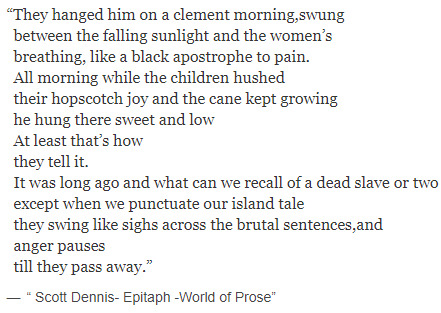
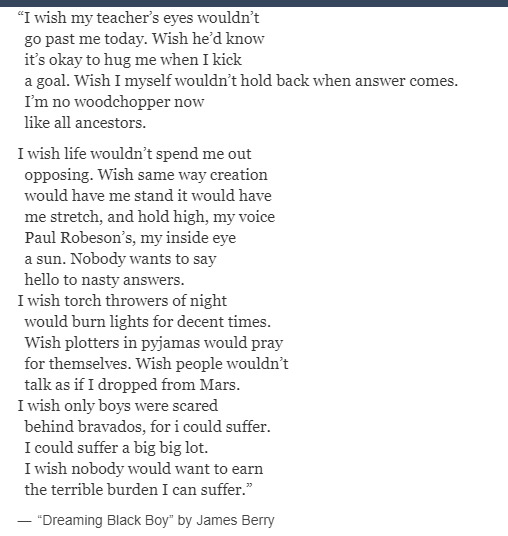
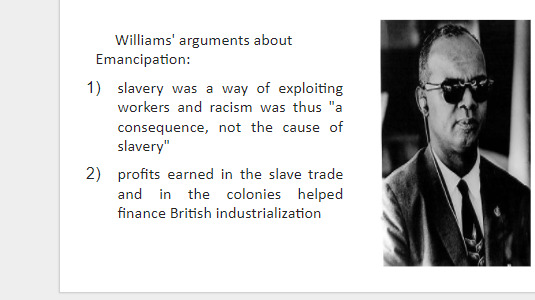
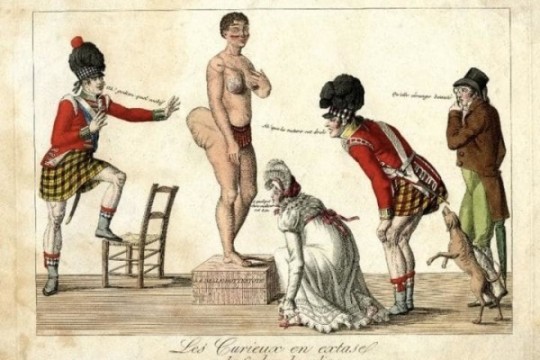
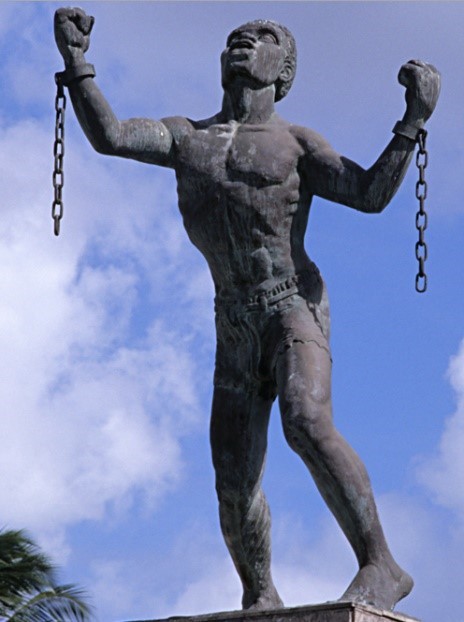
OBJECTIVE 1
The “Danger of a Single Story” by Chimamanda N. Adichie depicts stereotypes and the problem associated particularly with racial stereotypes and how it is not untrue but it is incomplete thus making the one story the only story. Racism can be linked to chattel slavery since without slavery there would not have been any diversification in terms of skin colour. With chattel slavery, the whites were the oppressors who would see the white plantocracy as superior whereas the blacks were viewed as the oppressed since they were considered as inferior to their white colonisers.
The picture which illustrates Sarah Earthman shows how the whites placed her on display and made fun of her physique as a black woman. From this public spectacle one can see the racial underpinnings that occurred. The “Dreaming Black Boy” tells the story of a young child being discriminated by his white teacher because of his skin colour. The story describes how the young boy yearned to be acknowledged by his white teacher and peers despite of his skin colour. For once he wanted to be commended for his accomplishments and not be judged by his skin colour. However, the poem “Epitaph” by Dennis Scott discusses how a nameless slave was hung and while some respect was paid, life essentially went on. The phrase “Like a black apostrophe to pain” describes that the pain was felt by the black people since it was one of their own who was hung. Also the phrase “The cane kept growing” meant that the plantation went on (Scott, World of Poetry). The second stanza describes that the white saw his death as meaningless since he was just another slave. As time passed the nameless slave was remembered but only in that period of the past but in the present he is not spoken of (Scott, World of Poetry). One can see how one you were a slave your life was not valued as a person but as an object instead. Even though chattel slavery controlled slaves, through revolts they were able to gain their independence and establish their own rules, community and culture (Bussa, Hagen).
Work sited
Figure 1 (Epitaph , Dennis )
Figure 2 (Dreaming Black Boy, Berry)
Figure 3 ( Dr John F Campbell lecture slide)
Figure 4(La Belle Hottentot, a 19th-century French print of Barman “Sarah Earthman” )
Figure 5 (Created in 1985 by Bussa sculptor Karl Brood Hagen )
1 note
·
View note
Photo
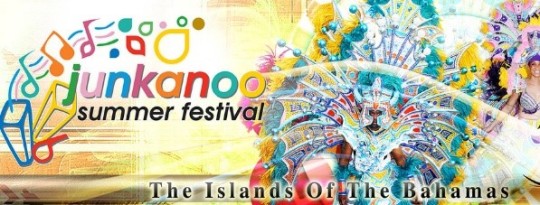
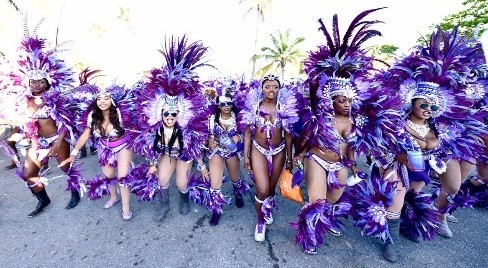


OBJECTIVE 2 : FESTIVALS ( JUNKANOO BAHAMAS )
“Every creed and race will find an equal place” (Patrick S. Castagne, 1962). Throughout the Caribbean many people are in the agreement with this statement. While this is found in the national anthem of Trinidad and Tobago, it is applicable to the Caribbean as a whole since each islands brings its own culture and heritage to the forefront. One way this is done is through various festivals. In Trinidad and Tobago we have many ethnic groups which have their own culture and thus brought their own festivals. Culture can be define as “ That complex whole which includes knowledge, beliefs, arts, morals, law, customs and habits and any other capabilities acquired by man as a member of society” (Taylor, 1871). Therefore, a type of culture which can be related to the Caribbean would be popular culture. Popular culture is enjoyed by the masses such as festivals.
These festivals included Carnival in Trinidad which is celebrated on the Monday and Tuesday before Ash Wednesday. Leading up to the two day extravaganza there are fetes, Calypso and Soca competitions. Trinidad celebrates carnival whereas Tobago celebrates the Tobago heritage festival. This is held during a two week period from the end of July and August. This festival was first celebrated in September 1987.
Other Caribbean islands such as Barbados celebrates Crop Over which commemorates the end of a successive sugar cane harvest. This festival was first celebrated in the 1780s but was revived in 1978 to incorporate Barbadian culture and carnival which is now commonly known as “Crop over.” The Bahamas celebrates Junkanoo between (2am-10am) of boxing day. However, Jamaica celebrates the Reggae Sumfest which incorporates Reggae as well as its variation Ska, Dub and Dancehall. This festival is usually held in July during the night time at Montego Bay. Lastly, Carriacou celebrates the maroon festival which is held in the month of April which depicts Maroon culture. This festival is about thanksgiving and prayers to the source of all life, production and prosperity. Its African origins are authentically depicted through the drumming, singing, eating of 'smoke food' and other rituals practiced in the unique Carriacou way by its people.
Work sited :
( Figure 1,2,3-Junkanoo festival 2017)
Trinidad National Anthem (Patrick S. Castagne, 1962)
0 notes
Photo
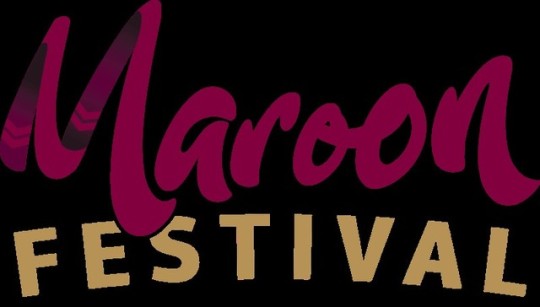

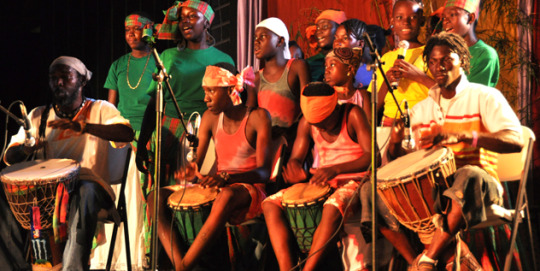
OBJECTIVE 2: FESTIVALS (MAROON FESTIVAL)
work sited
(Figure 1 and 2-Maroon festival Carriacou 2011)
0 notes
Photo
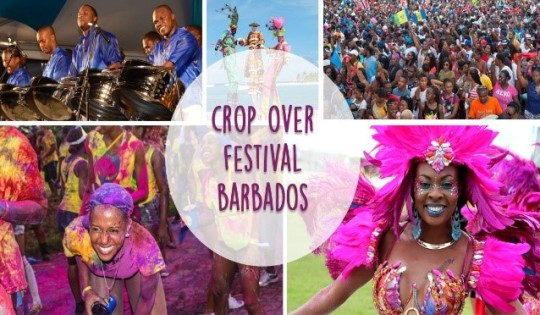
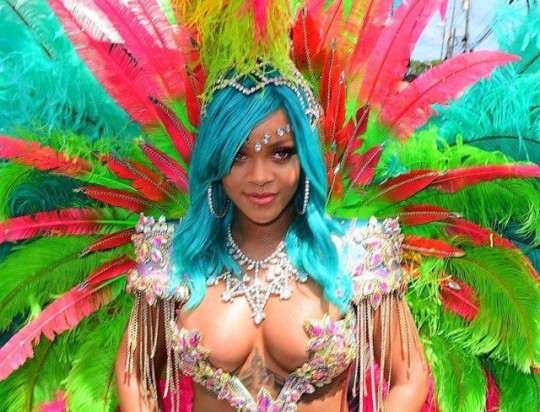
OBJECTIVE 2 FESTIVALS ( CROP OVER BARBADOS)
Work sited
(figure 1&2- crop over 2017)
0 notes
Photo


OBJECTIVE 2 :FESTIVAL (JAMAICA SUMFEST)
work sited
Figure 1,2 (Jamaica sumfest 2013)
0 notes
Photo

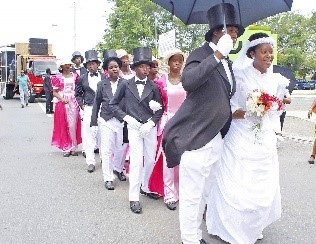
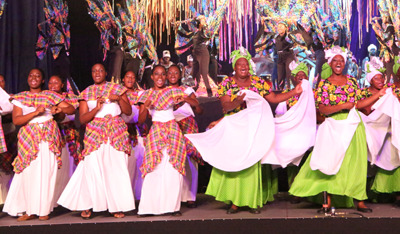
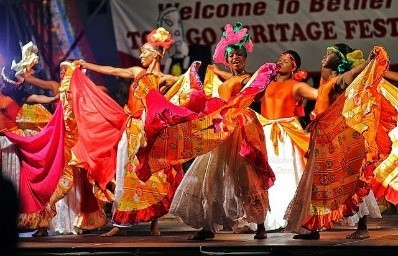
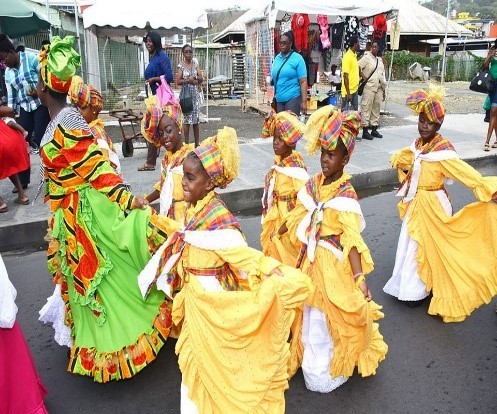
OBJECTIVE 2 ( FESTIVAL: TOBAGO HERITAGE FESTIVAL)
work sited
(figure 1,2,3,4) (Tobago heritage festival, 2017)
0 notes
Photo
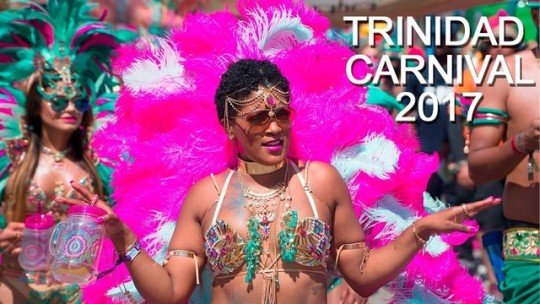
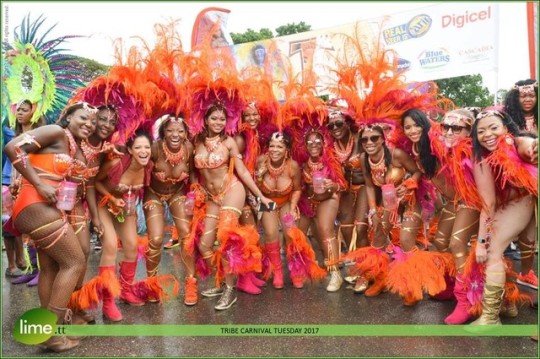
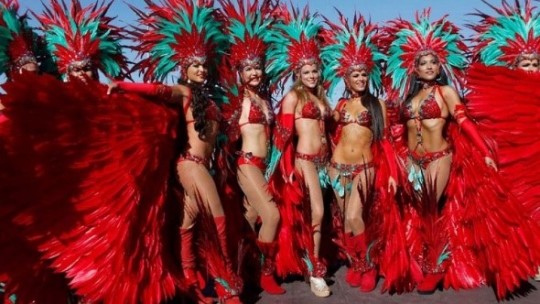
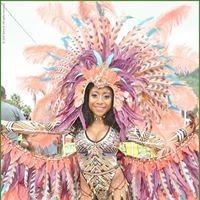

OBJECTIVE 2 : FESTIVAL ( CARNIVAL, TOBAGO HERITAGE FESTIVAL,CROP OVER, SUMFESTE, MAROON FESTIVAL AND JUNKANOO)
work sited
( figure 1,2,3,4 Tribe Tuesday Carnival 2017 Keevan Girdharry Tuesday 28th February 2017”)
figure 5 (“Black Label @ CLAY J'ouvert 2017 by Tevin Newton”)
0 notes
Video
youtube
OBJECTIVE 3
CARICOM, originally the Caribbean Community and Common Market, was established by the Treaty of Chaguaramas which took effect on 1st August, 1973. The first four signatories were Barbados, Jamaica, Guyana and Trinidad and Tobago. A revised Treaty of Chaguaramas established the Caribbean Community including the CARICOM Single Market and Economy (CSME) and was signed by the CARICOM Heads of Government of the Caribbean Community on the 5th July, 2001 at their Twenty-Second Meeting of the Conference in Nassau, The Bahamas.
The purpose of CARICOM is to promote human and social development, to promote regional and economic integration and to form foreign and community relations. This includes the free skill movement in the market which allows persons to seek employment in any member state without a work permit as long as they have met the criteria of having a bachelor degree from a recognised university. Additionally, the video talks about the benefit of the free movement of goods and services where CARIFTA was established, this was done in order to allow member states to eliminate tariffs, quotas and preferences and all other barriers to trade on most (if not all) goods produced within the area. These eliminations helped smaller member states since they cannot compete on a large scale.
As mentioned in the video, the smaller states felt that they would be neglected by the larger states since these states are more developed therefore CARICOM established the Organization of Eastern Caribbean State(OECS) for smaller island states. These states met in the capital city of St.Kitts and Nevis and signed the Treaty of Basseterre. The benefit of the (OECS)in the Caribbean uses a free market system among member states which allows free trade and free movement of labour known as the (ECCM). The (OECS) will have the initiative to negotiate on the behalf of the members states when it comes to international trade.
work sited ( Caribnationaltv (2013) )
0 notes
Photo


OBJECTIVE 4
In my opinion, I believe the Caribbean civilization is an important foundation course since it allows persons to learn not only about one specific country’s history, festivals and diaspora but it involves the Caribbean as a whole. Caribbean civilization has allowed me to build on the previous knowledge I have learnt in Caribbean Studies.
I believe an advantage that this course has as compared to my other courses, is that the lecture is available online which is convenient. It is also helpful that not only lectures are online but also the tutorials as well. This is beneficial since it fits into anyone’s schedule. However, my preference is face to face conversations which I have with my tutorial teacher since it allows for greater clarifications. This allows for better interaction and understanding of the material which was presented in the lectures. Overall Caribbean civilization has been an enjoyable course to learn.
Work Sited
figure 1 and 2 (https://www.google.tt/search?rlz=1C1CHZL_enTT755TT755&biw=1366&bih=588&tbm=isch&sa=1&ei=wgMiWtTcH8OD_QbwvLTQDw&q=student+studying+with+a+teacher+english&oq=student+studying+with+a+teacher+english&gs_l=psy-ab.3...24064.26659.0.26906.8.8.0.0.0.0.153.977.0j7.7.0....0...1c.1.64.psy-ab..1.0.0....0.AZgzfq6GPZ0#imgrc=_)
0 notes
Video
youtube
OBJECTIVE 4
Dr John F Campbell would use songs from different Caribbean island as an introduction. I enjoyed this part of the lecture since it is something that i would have never saw in any other lecture.
Work Sited
electronically published (24/05/14)
Youtube- (https://www.youtube.com/watch?v=3nphBiuB_cI)
0 notes